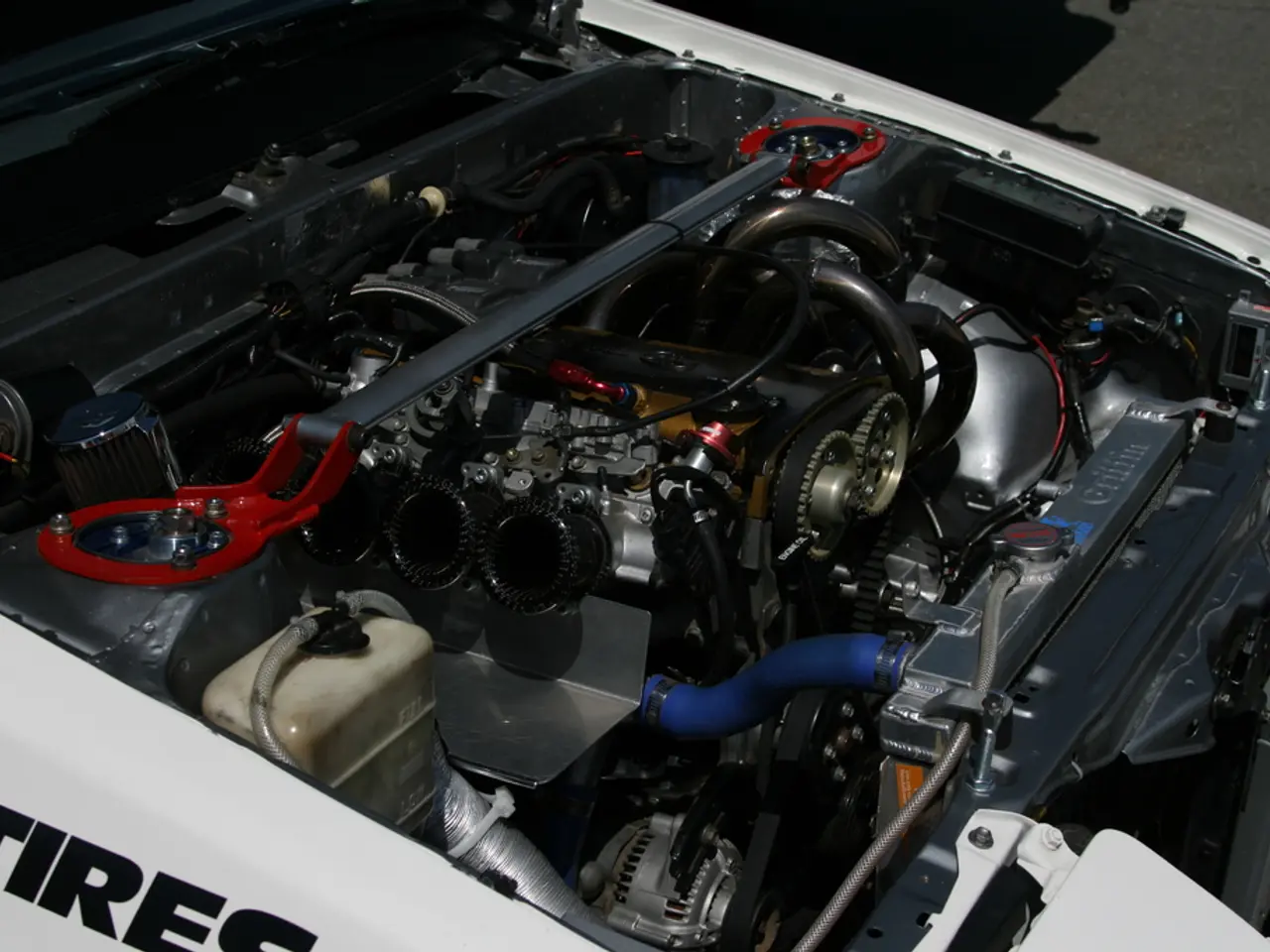Google supports Energy Dome's groundbreaking CO2 battery innovation for the efficient storage of clean energy.
Google has teamed up with Energy Dome to test and deploy a CO2-based long-duration energy storage system, marking a significant step towards making the technology bankable and ready for global markets. This partnership reflects a broader shift towards deeper integration of renewable energy, long-duration storage, and corporate climate responsibility.
The project will kick off in Sardinia, Italy, where Energy Dome is based. The companies have not disclosed the exact financial terms of the deal. However, Google will help fund and validate a commercial-scale CO2 battery installation in Sardinia.
Energy Dome’s CO2 battery operates on a closed thermo-mechanical loop, using carbon dioxide to store and release electrical energy by changing the state of CO2 between gas and liquid. During the charging process, excess renewable power from sources like solar or wind powers compressors, which compress CO2 gas into liquid form. This stored energy can be discharged later to generate carbon-free electricity.
The CO2 battery offers several advantages over traditional lithium-ion batteries. It can store energy for durations ranging from 8 to 24 hours or more, making it suitable for balancing renewable energy production and consumption across daily cycles or weather variations. Moreover, it boasts similar or better efficiency, around 75%.
If successful, the CO2 battery system could support Google's plans to run all its data centers and campuses on 24/7 carbon-free energy by 2030. Other energy companies and utilities are watching closely, as many are also seeking cost-effective long-duration storage options.
Energy Dome plans to expand into the U.S. The Sardinia project will be one of the first commercial deployments of a CO2 battery anywhere in the world. Energy Dome is building its first utility-scale project, with the system set to have 20 MW of power and 200 MWh of storage—enough to power tens of thousands of homes for 10 hours.
The CO2 battery can be made with current industrial tools like steel tanks and compressors, making it quicker and cheaper to set up than other long-duration technologies. As one of the world's largest corporate buyers of renewable energy, Google requires more than just solar and wind power to achieve its 24/7 carbon-free goal. The CO2 battery could prove instrumental in this endeavour.
[1] Energy Dome. (n.d.). How it works. Retrieved from https://www.energydome.it/how-it-works/ [2] Energy Dome. (n.d.). Charging the battery. Retrieved from https://www.energydome.it/charging-the-battery/ [3] Energy Dome. (n.d.). Discharging the battery. Retrieved from https://www.energydome.it/discharging-the-battery/ [4] Energy Dome. (n.d.). Long-duration energy storage. Retrieved from https://www.energydome.it/long-duration-energy-storage/
- The collaboration between Google and Energy Dome signifies a substantial move towards making 'climate tech' more bankable, as they plan to deploy a CO2-based long-duration energy storage system.
- Energy Dome's CO2 battery, operated on a closed thermo-mechanical loop, stores energy in liquid CO2 form, which can be discharged later to generate 'clean energy'.
- The CO2 battery offers numerous advantages over traditional lithium-ion batteries, with the ability to store energy for up to 24 hours or more and efficiency similar to or better than 75%.
- If successful, the CO2 battery system could aid Google in achieving its goal of running all data centers and campuses on 24/7 carbon-free energy by 2030, as it could provide the necessary 'long-duration storage' to balance renewable energy production and consumption.
- As a key player in 'environmental science' and 'finance', Google is looking beyond solar and wind power to pursue cost-effective long-duration energy storage solutions, such as the CO2 battery.
- With the Sardinia project marking Energy Dome's first commercial deployment, the company is planning to expand into the US and intends to build its first utility-scale project with a 20 MW power capacity and 200 MWh energy storage, capable of powering tens of thousands of homes for 10 hours.




